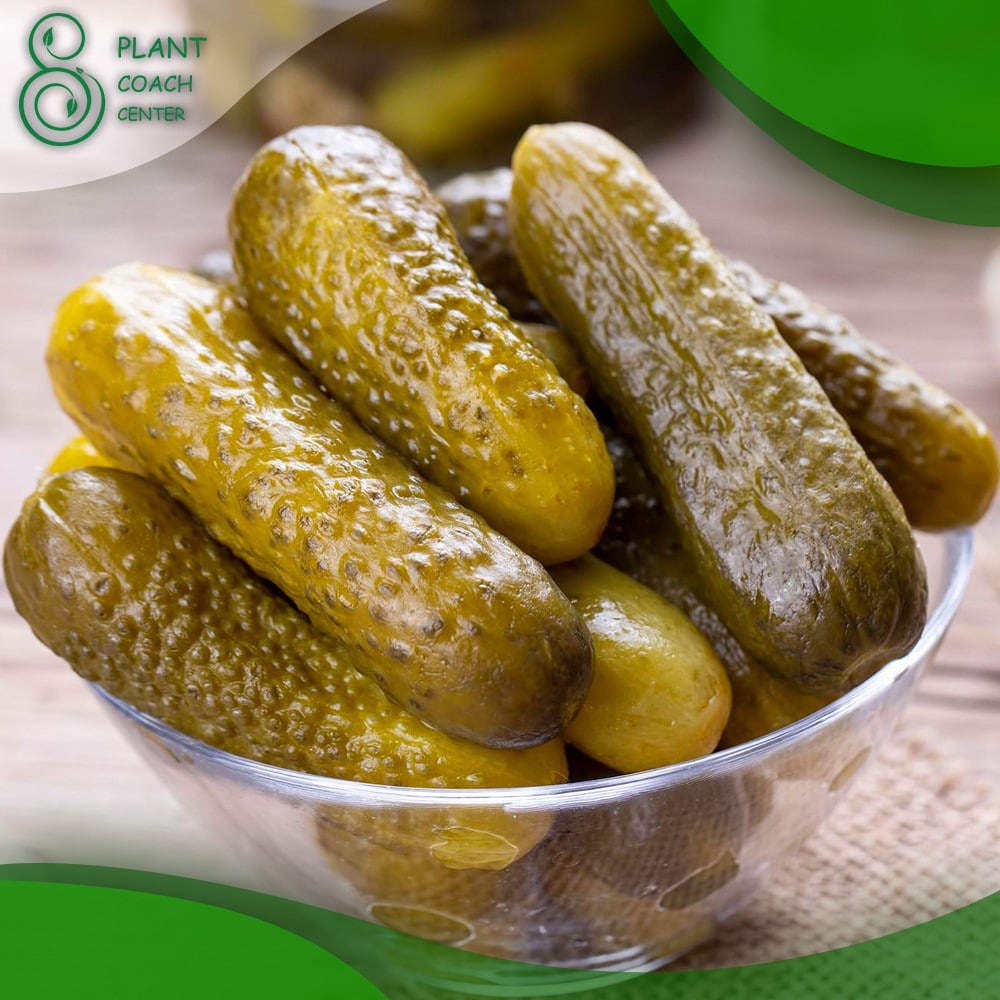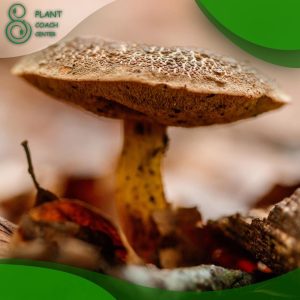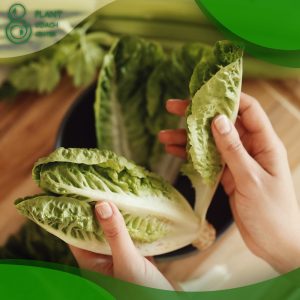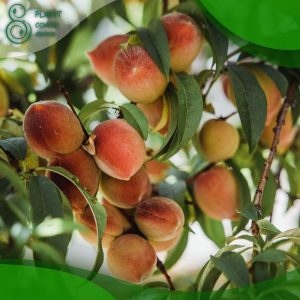Introduction
Pickles are an integral part of many cuisines, offering a tangy counterpoint to a variety of dishes. But have you ever paused mid-crunch and wondered, “How do pickles grow?” The truth might surprise you! Let’s embark on this pickled journey, starting with the star of the show: the cucumber.
Cucumber: The Pickle’s Progenitor
Cucumbers, part of the gourd family, are the primary ingredient in most pickles. They grow on creeping vines and come in many varieties, but for pickling, specific types like Kirby or Persian cucumbers are preferred due to their small size, thin skin, and fewer seeds. These cucumbers are grown in warm, well-draining soil, ideally in a spot with full sun exposure.
Cucumber plants begin as seeds sown directly into the ground. How they grow from there can be quite the spectacle! After the seeds sprout, the plants rapidly unfurl with broad leaves and curling tendrils. Soon, yellow flowers bloom, and cucumbers start to develop. The journey from a tiny seed to a full-grown cucumber ready for pickling is usually about 50 to 70 days.
The Pickling Process: A Transformation Story
Now you might be thinking, “Wait a second, I’ve seen a cucumber, and it’s far from being a pickle.” And you’re right! The transformation of a cucumber into a pickle is where our question “how do pickles grow” gets interesting.
Once the cucumbers are harvested, they’re thoroughly washed and prepared for pickling. This preparation may involve slicing the cucumbers into spears or chips, or they might be left whole for different types of pickles.
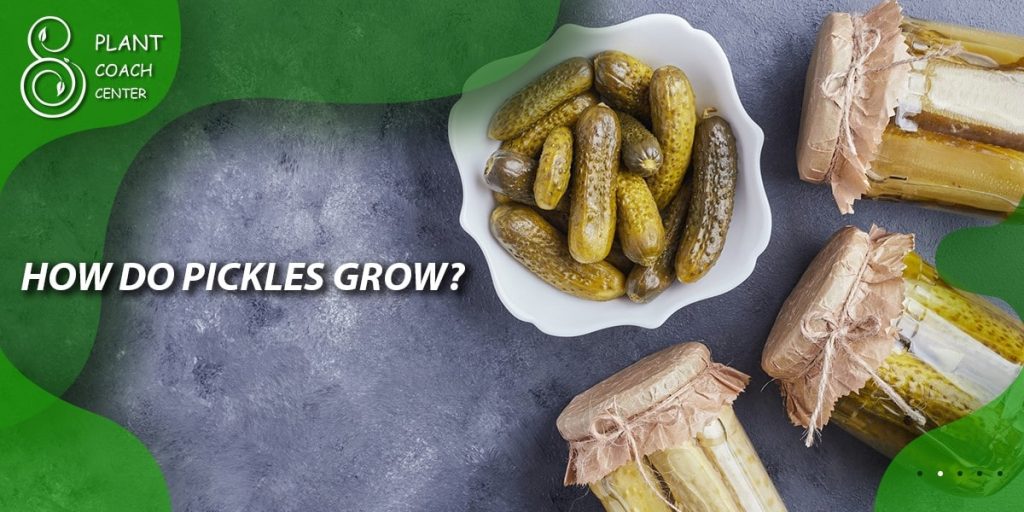
The main event in the pickling process is the introduction of brine, a solution of water, vinegar, and salt. This is where the magic happens! The cucumbers are submerged in the brine, along with various spices and flavorings like dill, garlic, or mustard seeds.
Then, they’re left to soak for a period ranging from a few hours to several weeks. During this time, the brine permeates the cucumbers, transforming their taste and texture into what we recognize as pickles.
Dill Pickles: The Classic Choice
Among the different types of pickles, dill pickles stand out as a classic favorite. Named after the dill herb used in the pickling process, these pickles are known for their tangy, savory flavor. They’re often made from whole cucumbers, resulting in a satisfying crunch when you bite into them.
Making dill pickles involves immersing cucumbers in a brine with fresh dill, garlic, and pickling spices. The mixture is then left to ferment. This fermentation process, where bacteria convert the natural sugars in cucumbers into acid, gives dill pickles their distinctive tangy taste.
Bread and Butter Pickles: A Sweet Surprise
Bread and butter pickles offer a delightful contrast to dill pickles. These pickles, usually sliced into chips before pickling, are sweeter and have a complex, robust flavor, thanks to the addition of sugar, turmeric, and mustard seeds in the pickling brine.
The name “bread and butter” adds another layer of intrigue to these sweet pickles. As the story goes, during the Great Depression, pickles were a cheap and filling snack. Farmers would make sandwiches with these pickles and bread and butter as a cost-effective meal, giving rise to the name “bread and butter pickles.”
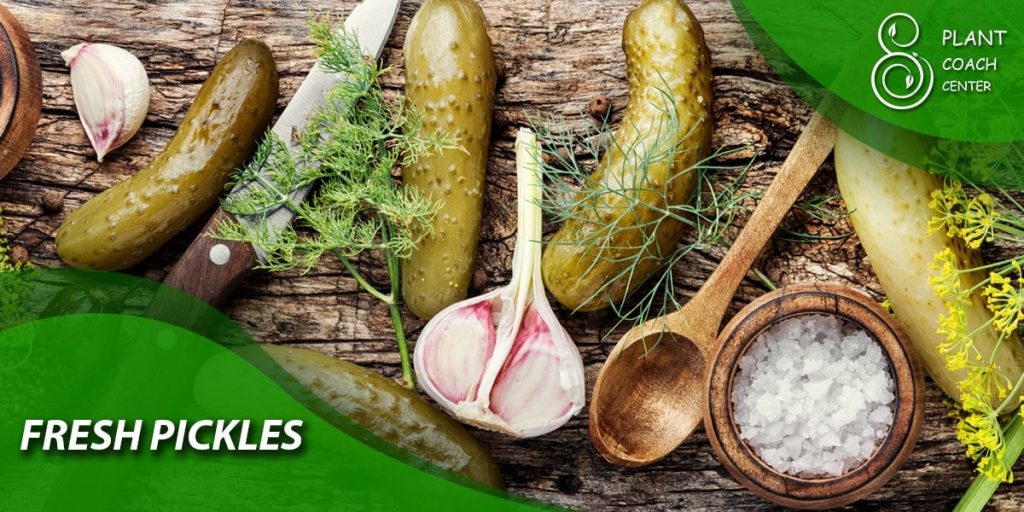
Gherkins: The Tiny Titans
Gherkins, often confused with cucumbers, are actually a different species called Cucumis anguria. They are much smaller than cucumbers, with bumpy skin and a tangy flavor that makes them ideal for pickling.
Gherkins are popular in many European cuisines, especially in the UK and France, where they are known as “cornichons.” These tiny pickles pack a punch of flavor and are often served as a complement to cheese, cold meats, and sandwiches.
Health Benefits of Pickles
Pickles, beyond their delightful crunch and tang, come packed with numerous health benefits. Here’s why they deserve a spot on your plate:
Source of Probiotics: Fermented pickles are rich in probiotics, beneficial bacteria that promote gut health. They aid digestion and can even enhance the immune system.
Packed with Vitamins: Cucumbers contain vitamins like vitamin K, vitamin A, and vitamin C. While the pickling process does reduce some of these nutrients, pickles still retain a good amount.
Hydrating: Given that cucumbers are 95% water, pickles can contribute to your daily hydration.
Low in Calories: Pickles are low in calories, making them a healthy choice for those watching their weight.
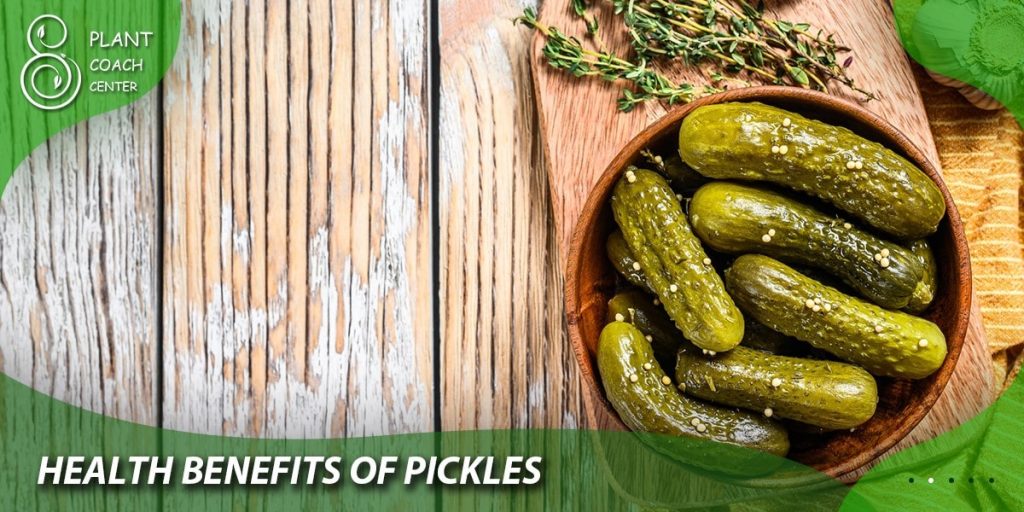
How can I reduce the sodium content in pickles?
Reducing the sodium content in pickles can be a bit tricky since salt plays a crucial role in the pickling process. It not only adds flavor but also creates an environment that favors beneficial bacteria over harmful ones during fermentation. However, there are a few strategies you can try.
Use a Low-Sodium Recipe: Look for pickle recipes that are designed to use less salt. These recipes may use vinegar or other ingredients to help preserve the pickles while still offering a good flavor.
Rinse before Eating: Rinse the pickles under running water before eating them. While this won’t remove all the sodium, it can reduce the surface salt.
Reduce Salt in the Brine: You can try reducing the amount of salt in your pickling brine. However, keep in mind this could potentially affect the safety and quality of the pickles. Always follow a tested recipe to ensure your pickles are safe to consume.
Use Salt Substitutes: Some salt substitutes or light salts replace a portion of the sodium with other minerals like potassium. This can reduce the sodium content but may affect the flavor and preservation quality of your pickles. Check the labels to ensure they’re suitable for pickling.
Make Fresh Pickles (Refrigerator Pickles): Fresh pickles, also known as refrigerator pickles, are stored in the refrigerator rather than being preserved by traditional canning methods. Since they don’t need to be stored at room temperature, they require less salt. These pickles are quick and easy to make, but they have a shorter shelf-life than traditionally canned pickles.
Conclusion
The journey of a pickle is a fascinating one, from its start as a cucumber vine in the soil to its transformation in a jar of brine. So, the next time you crunch into a tangy, satisfying pickle, you’ll know the answer to “how do pickles grow?” and appreciate the journey that humble cucumber has made to reach your plate. Embrace the world of pickles, and remember, there’s a lot more to that jar in your fridge than meets the eye!
Do pickles grow on trees or vines?
While it’s funny to imagine a pickle tree, pickles start as cucumbers, which grow on creeping vines close to the ground.
How long does it take for a cucumber to turn into a pickle?
The pickling process can vary greatly in time, depending on the type of pickle and the method used.
Can you make pickles from any type of cucumber?
While technically you can pickle any variety of cucumber, certain types are more suited to the task.
Are pickles healthy?
Yes, pickles have various health benefits, including being a source of probiotics, vitamins, and hydration.
Can I pickle vegetables other than cucumbers?
Yes, absolutely! Many vegetables can be pickled using similar methods to cucumbers. Bell peppers, carrots, beets, and cauliflower are just a few examples.


